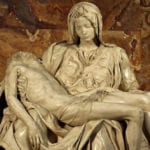 Weird Stuff
Weird Stuff  Weird Stuff
Weird Stuff  Mysteries
Mysteries 10 Tragic Disappearances and Deaths in Joshua Tree National Park
 History
History 10 Ways Childhood Really Sucked in the Old West
 Music
Music 10 Name Origins of Famous Bands from the 1990s
 Religion
Religion 10 Biggest Turnarounds by the Catholic Church
 Weird Stuff
Weird Stuff 10 Unbelievable Times Laws Had Unintended Consequences
 Humans
Humans Ten Historic Women Who Deserve Way More Credit Than They Got
 Movies and TV
Movies and TV 10 Films That Spawned Major Lawsuits
 History
History Ten Times Towns Were Wiped Off the Face of the Earth
 Creepy
Creepy 10 of the Most Disturbingly Haunted Public Houses in the UK
 Weird Stuff
Weird Stuff 10 Niche Subcultures That Are More Popular Than You Might Think
 Mysteries
Mysteries 10 Tragic Disappearances and Deaths in Joshua Tree National Park
 History
History 10 Ways Childhood Really Sucked in the Old West
Who's Behind Listverse?

Jamie Frater
Head Editor
Jamie founded Listverse due to an insatiable desire to share fascinating, obscure, and bizarre facts. He has been a guest speaker on numerous national radio and television stations and is a five time published author.
More About Us Music
Music 10 Name Origins of Famous Bands from the 1990s
 Religion
Religion 10 Biggest Turnarounds by the Catholic Church
 Weird Stuff
Weird Stuff 10 Unbelievable Times Laws Had Unintended Consequences
 Humans
Humans Ten Historic Women Who Deserve Way More Credit Than They Got
 Movies and TV
Movies and TV 10 Films That Spawned Major Lawsuits
 History
History Ten Times Towns Were Wiped Off the Face of the Earth
 Creepy
Creepy 10 of the Most Disturbingly Haunted Public Houses in the UK
10 Crazy Claims About The Bloodline Of Jesus Christ
Whatever your take on the story of Jesus might be, the fact that such a person existed at the time claimed is most likely true. Who He actually was and whether He was divine or not, however, is very much a matter for discussion—as is, it would seem, whether or not the story of His demise was at all accurate.
Many have speculated for some time that Jesus was in fact married and furthermore had fathered children. Not only that, but it’s claimed that His bloodline survives to this day. The Dan Brown novels such as The Da Vinci Code have thrust such outlandish theories into the spotlight, where a wealth of speculative (at best) evidence is offered to prove the idea correct.
10 Jesus Survived The Crucifixion

Perhaps the most outrageous claim is that Jesus survived the crucifixion.[1] Of course, if there was any truth to this whatsoever, it would be a dagger in the heart of religions all over the world.
The main thrust of this theory is that Jesus was somehow sedated during the crucifixion to make Him “appear dead,” before He was taken down and removed to the tomb, where His body lay. Of course, when His body was discovered missing, it was perceived (and explained) as a divine act—that He had arisen. Those who subscribe to the Jesus bloodline theories offer that it was not a divine act as much as it was one of cunning and trickery.
In fact, when we look at the next point on our list, it’s easy to see why these theories begin to take on a life of their own in the first place.
9 The Influence Of Joseph Of Arimathea
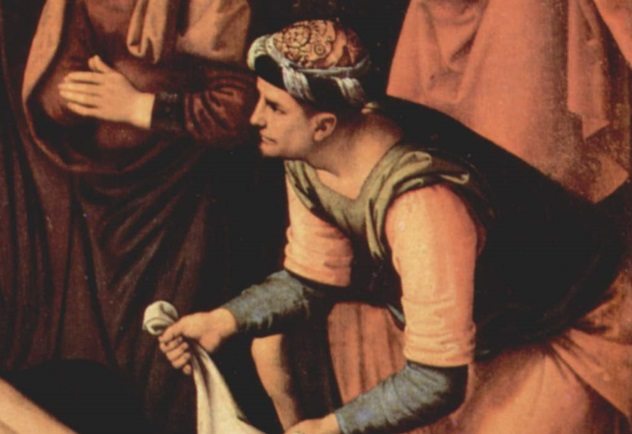
Joseph of Arimathea was said to have had immense influence with high-ranking figures in the councils of the Roman Empire (and religious leaders of the time)—not the least of whom was Pontius Pilate.[2]
It is claimed in some corners that a deal was arranged in which Jesus—ever a thorn in the collective sides of the Romans and religious leaders alike—would disappear and be out of the Romans’ collective hair. He would, however, be allowed to live and secretly vacate the country to somewhere far away, a destination we will look at in a moment.
The site of the crucifixion itself is said to have taken place on Joseph of Arimathea’s land (essentially in his back garden), and further to this, the crowds viewed the crucifixion from a distance only. In short, none of the onlookers really knew for sure that Jesus had died at all.
8 He Went To French Gaul
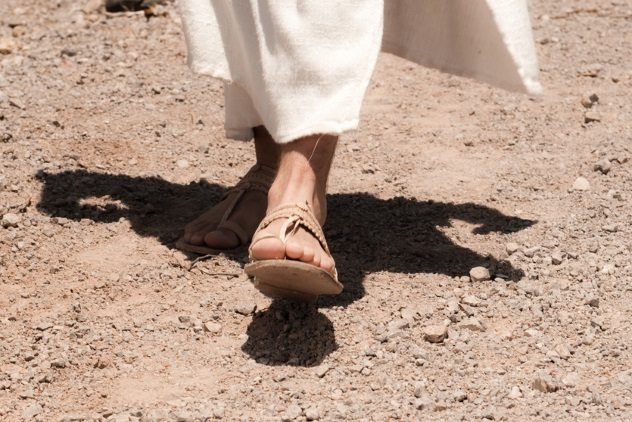
Proponents of this theory claim that a large Jewish community existed in French Gaul during Jesus’s lifetime. So, given that most writings state He was Jewish, it would make sense that if He were fleeing from certain death, He would choose such a place as this. It should be noted that many mainstream historians refute this notion.
What is perhaps more interesting is that French Gaul was also one of the biggest Roman epicenters outside of Rome itself.[3] In fact, Pontius Pilate, the man who had sentenced Jesus to death (or struck a deal for His life if you believe the point above), also had a residence there. If Pilate was involved in some kind of deal, it would make a certain amount of sense that he might provide some kind of initial safe passage to the area, which could have also given him the opportunity to keep an eye on Jesus and ensure that He did indeed keep a low profile.
It certainly isn’t too much of a reach to think Jesus may have made His way there, and as we will see in our next point, several prominent legends of the times suggest that is exactly what He did.
7 Further Legends From The South Of France
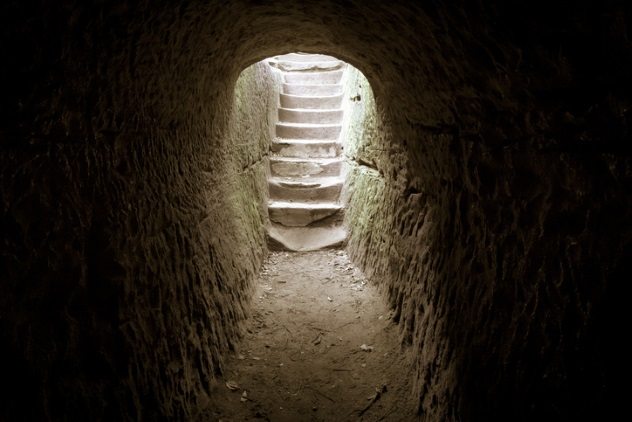
Many legends exist of Jesus arriving on the shores of Southern France. Also, as we will explore in more detail shortly, He wasn’t alone.
One particular text, thought to have been written around 720, speaks of the construction of an underground tomb for Jesus. Whether this was symbolic or a reference to a real tomb for the remains of a real person (or persons) is undecided. Needless to say, it is not accepted as proof that theories of Jesus going to France are correct.
One of the more interesting legends to come out of this region of France are those of the Desposyni (a name which can be translated to mean “of the Lord”), who claimed to be direct blood descendants from Jesus.[4] Legends claim that they were hunted out of existence by the Roman Church in the first few centuries AD. Given the claims constantly leveled at the Church of removing vital verses and hiding them away from public scrutiny, it’s not that much of a stretch to think that almost 2,000 years ago, the Church (or those working for them) might have had such a group hunted down and murdered.
6 The Merovingians
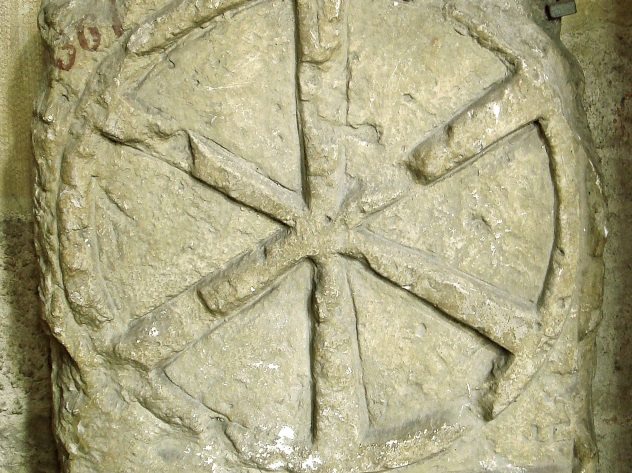
Perhaps one of the most controversial bloodline theories is that of the Merovingians, and while it is one that many feel belongs entirely in conspiracy circles and nowhere else, it is still worth exploring the basics of it here.
The main thrust of the theory is that Jesus, a descendant of King David, fathered two children with His wife, who we will look at next. These two children, according to the theories put forward, married into the Merovingians, a royal French bloodline. This created a royal Davidic claim all the way back to not only Jesus but to King David.[5]
The Merovingians themselves are no strangers to controversy, having been linked by various conspiracy writers to such things as reptilian aliens, the Illuminati, and the ever-coming New World Order. Perhaps it is no surprise, then, to see them mixed up in conspiracies about the bloodline of Jesus Christ as well.
5 The Gnostic Gospels And Mary Magdalene

When the Dead Sea Scrolls were discovered in the late 1940s, the Gnostic Gospels were found. These were verses and books left out of the New Testament, and it is perhaps easy to see why.
Many of them offered a very different view of Jesus Christ than the world had known for the better part of 2,000 years. Perhaps most notable was the suggestion that Jesus was married to Mary Magdelane, a woman both revered and feared (at least in some cases) by religious scholars and historians.[6]
Further adding to the claims that Mary and/or Jesus made it to the south of France are the plethora of churches that are dedicated to Mary Magdalene. Whether Mary was alone or with Jesus is open to debate—as is whether she existed in the light that the Gnostic Gospels state she did. If she wasn’t in this part of the world in person, however, something made the ancient people of the region feel some kind of divine connection to her.
4 Claims Of Jesus Teaching In The Temples
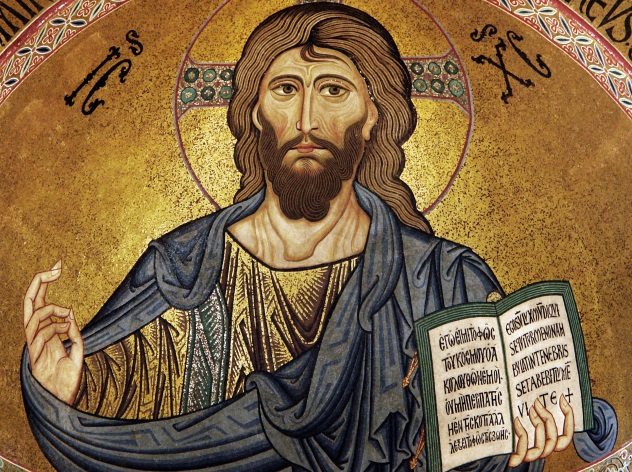
If ancient scriptures and writings indicating that Jesus taught in the temples are to be believed, then the laws in those times not only stated that He would have to be married but that He would also have had to have fathered children.[7]
This point, to some, is kind of a “smoking gun” of sorts—an overlooked detail that lays the claims that Jesus was but a mortal man with a family wide open.
As you might imagine, there is much debate (outside of the mainstream, in both conspiracy and religious circles) over this claim, whether Jesus did teach in the temples, and at what stage of His life He did so. It is one, like the entire bloodline theory itself, that will keep on raging for many years to come, given that it is hard to see how proof one way or the other can be provided, barring the discovery of some kind of official records.
3 The Berringer Sauniere Conspiracy
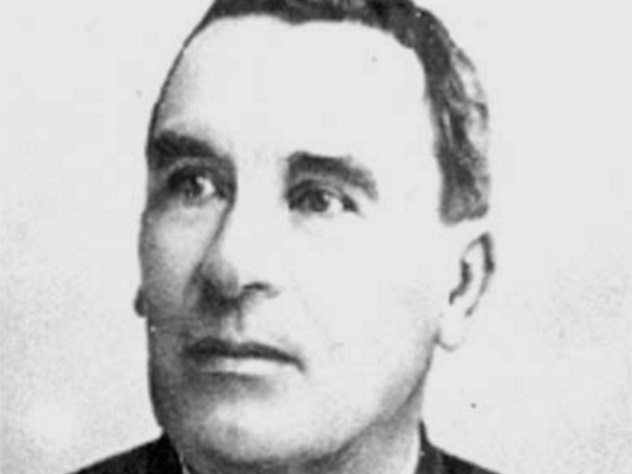
Quite possibly one of the most bizarre but intriguing stories surrounding the bloodline of Christ is that of Berringer Sauniere, a lowly and poverty-stricken village priest residing in Southern France, who, seemingly out of nowhere, became rich overnight in the late 1890s.[8]
Some claims exist that Sauniere had discovered proof that Jesus survived the crucifixion, was married, and had fled to France—essentially that the entire Church was based on a monumental lie. There is no concrete evidence as to what he might have found, but the main suggestions are that he stumbled across the family tomb of Jesus, Mary, and their two children. It is claimed that Sauniere likely blackmailed the Vatican with the find and in return received “investment” for his lowly church, which did indeed undergo a huge makeover.
The church itself, in the now-infamous village of Rennes-le-Chateau, is visited by many treasure hunters as well as “truth seekers” looking for proof of their theories and claims, as do the surrounding areas. Coincidentally or not, Sauniere would meet a sudden death, one which itself is shrouded in mystery and secrecy. Make of that what you will.
2 The Altar Artwork Of Sauniere’s Church
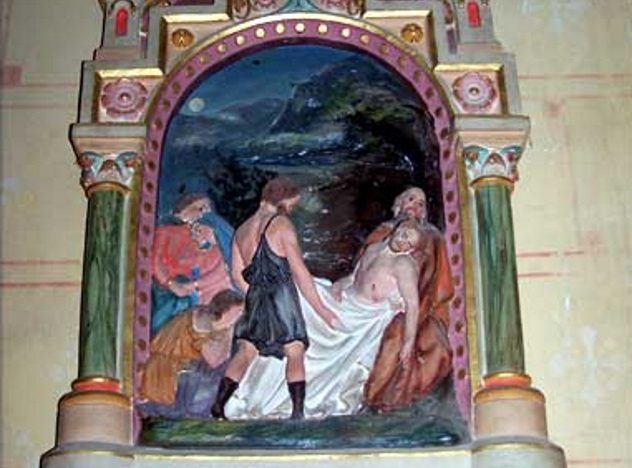
In Sauniere’s church, a section of the altar artwork showing the 14th Station of the Cross appears to give further clues to the secrets some people believe he uncovered.[9]
This scene appears to be set at night, and some eagle-eyed researchers believe this to be an important “clue” to suggest that Jesus did not die on the cross as history says. In keeping with Jewish tradition, it is forbidden for Jewish people to touch the bodies of the dead during nighttime hours. It is suggested by those who subscribe to the Jesus bloodline theories that this is evidence that Jesus was in fact alive when His body was transported.
Furthermore, amateur treasure hunter Pat Jokl (who has spent over a decade searching the area) believes that another picture in the altar art shows Mary Magdalene kneeling before a cave. In the background is a landmark that Jokl believes he has located, indicating to him that the tomb of Jesus and Mary Magdalene is likely in one of the caves opposite this landmark. At the time of this writing, his search has so far proven unsuccessful.
1 The Bloodline Is Still Alive Today

In a list of crazy and bordering-on-absurd claims, perhaps those of Jesus’s bloodline still existing today are the most outlandish. However, many researchers have spent years piecing together these bloodlines. Perhaps two of the most prominent are Laurence Gardner and Dan Sewell Ward, who believe, according to their research, that 13 generations of Jesus descendants existed in Britain before the times of King Arthur.
Not only that, but they offer that descendants of Jesus are likely to be found far and wide as opposed to just one or two remaining people. Hugh Montgomery even claims that he is a descendant of Jesus and that he can trace his family all the way back to the “God Kings” of Mesopotamia, a large claim indeed.[10]
The main offer of proof for this is a section from the Syriac Gospels that speaks of not only Joseph and Mary being Jesus’s mother and father (and of divinity) but also that Jesus and Mary Magdalene produced a daughter. The text is then damaged, but it is theorized that it would have been speaking of a second child. The research continues.
Read more less-than-mainstream ideas about Jesus on Top 10 Bizarre Fringe Theories About Jesus and 10 Reasons The Story Of Jesus Might Be An Allegory For The Sun.
